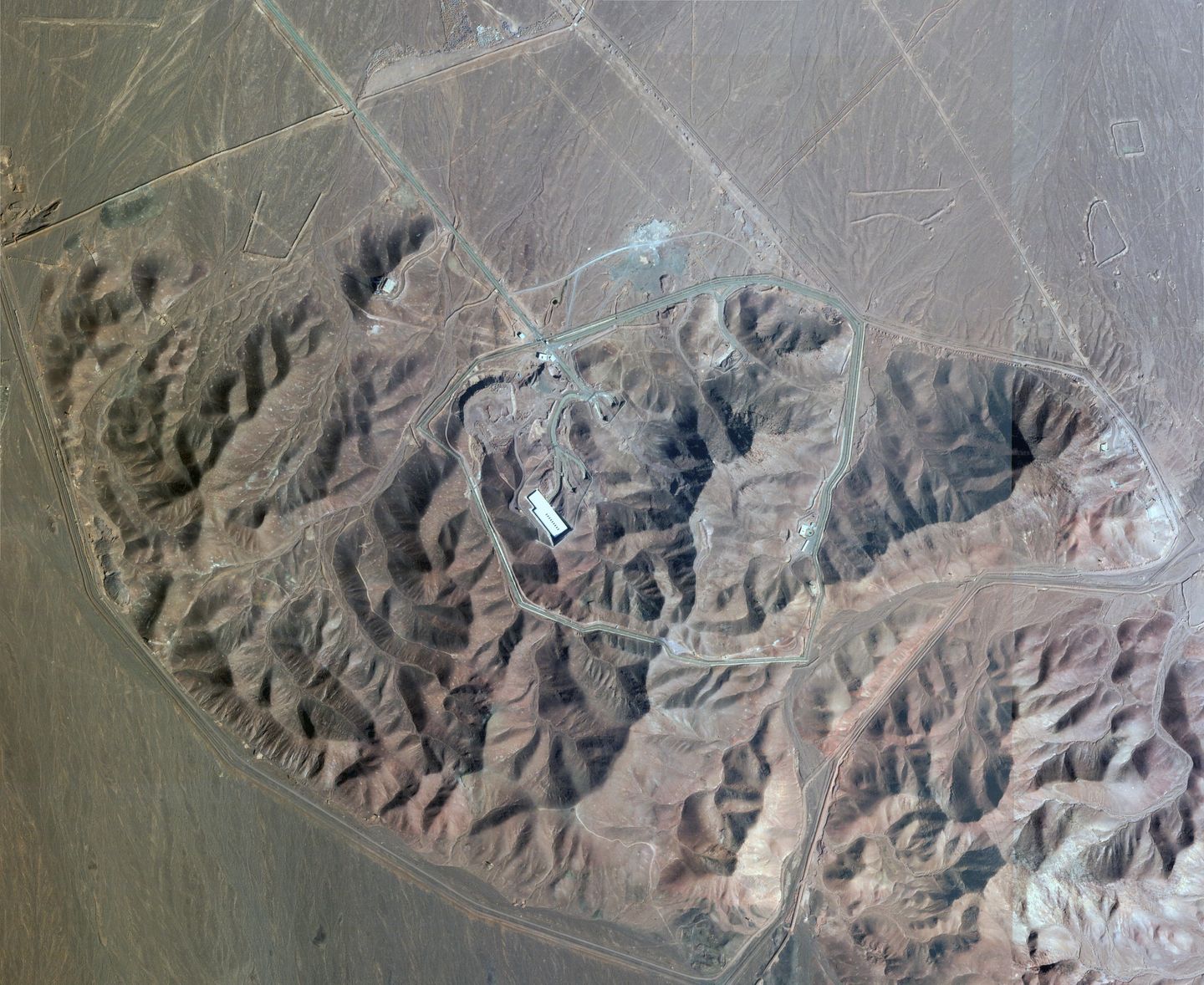
Were Iran’s ambitions to join the list of countries with nuclear weapons sidelined for several years, if not more, following the June 22 attack by U.S. B-2 bombers? Or have Tehran’s plans to become a nuclear power merely been pushed back a few months?
It depends on who you ask.
Director General Rafael Mariano Grossi of the International Atomic Energy Agency said Iran had a “very vast, ambitious” nuclear program before the U.S. struck the facilities at Fordo, Natanz, and Isfahan. He said some parts of the facilities may have escaped damage.
“It’s clear that what happened in particular in Fordo, Natanz and Isfahan, where Iran used to have and still has, to some degree, capabilities in terms of treatment, conversion and enrichment of uranium have been destroyed to an important degree,” Mr. Grossi said Sunday on “Face the Nation with Margaret Brennan” on CBS. “Some is still standing (but) there is an important setback in terms of those capabilities.”
Regardless of the damage to Iran’s nuclear facilities, the country still possesses the institutional knowledge necessary to restart the program, Mr. Grossi said.
“Iran is a very sophisticated country in terms of nuclear technology,” he said. “So, you can’t ‘disinvent’ this. You cannot undo the knowledge that [they] have or the capacities that [they] have.”
The Trump administration said the strikes delivered a monumental setback that will take years to overcome. CIA Director John Ratcliffe told lawmakers that most of the country’s supply of enriched uranium remains buried under the rubble.
“CIA can confirm that a body of credible intelligence indicates Iran’s nuclear program has been severely damaged by the recent, targeted strikes,” Mr. Ratcliffe said. “This includes intelligence from a historically reliable and accurate source/method that several key Iranian nuclear facilities were destroyed and would have to be rebuilt over the course of years.”
Defense Secretary Pete Hegseth last week said the strike by B-22 bombers and a Tomahawk missile-firing Navy submarine was a “historically successful attack,” whether the targets were described as “defeated” or “obliterated.”
The pushback on the optimistic analysis came almost immediately after the mission, when an initial “low confidence” report by the Defense Intelligence Agency was leaked to the press. It said the attacks may not have set Iran’s nuclear program back as dramatically as the White House had predicted.
On Sunday, The Washington Post reported that U.S. intelligence agencies intercepted phone calls between Iranian officials who said the strikes weren’t as severe as Tehran had been prepared for. The White House later ridiculed the report, saying it was ridiculous to assume that unidentified Iranian officials know what happened under hundreds of feet of rubble.
The Israel Atomic Energy Commission agreed with the White House, saying the “devastating” U.S. strike on Fordo rendered the enrichment facility inoperable.
“We assess that the American strikes on Iran’s nuclear facilities, combined with Israeli strikes on other elements of Iran’s military nuclear program, have set back Iran’s ability to develop nuclear weapons by many years,” the IAEC said in a statement. “The achievement can continue indefinitely if Iran does not get access to nuclear material.”
Director General Grossi said it was clear that Iran sustained severe yet not total damage to its nuclear facilities.
“Iran has the capacities there — industrial and technological capacities, so if they so wish, they will be able to start doing this again,” he said. “We have to go back to the table and have a technically sound solution to this. Otherwise, this will come hit us again.”












